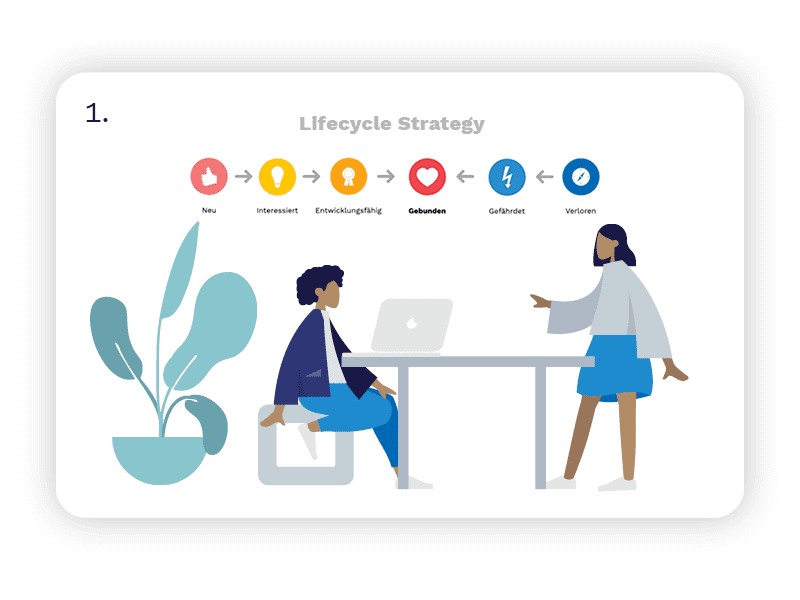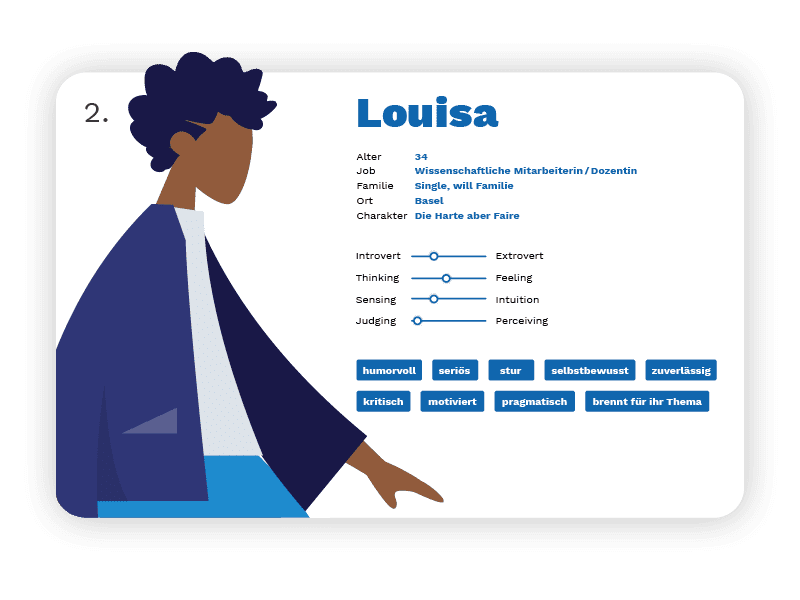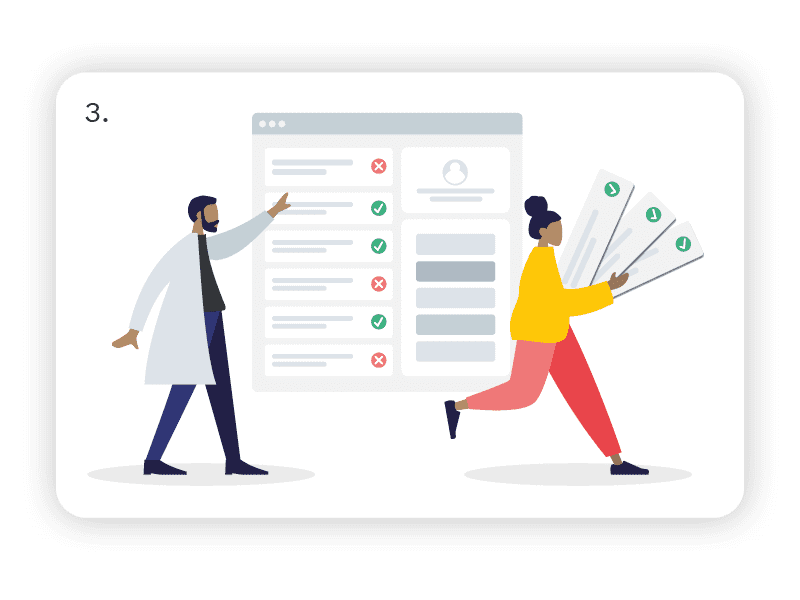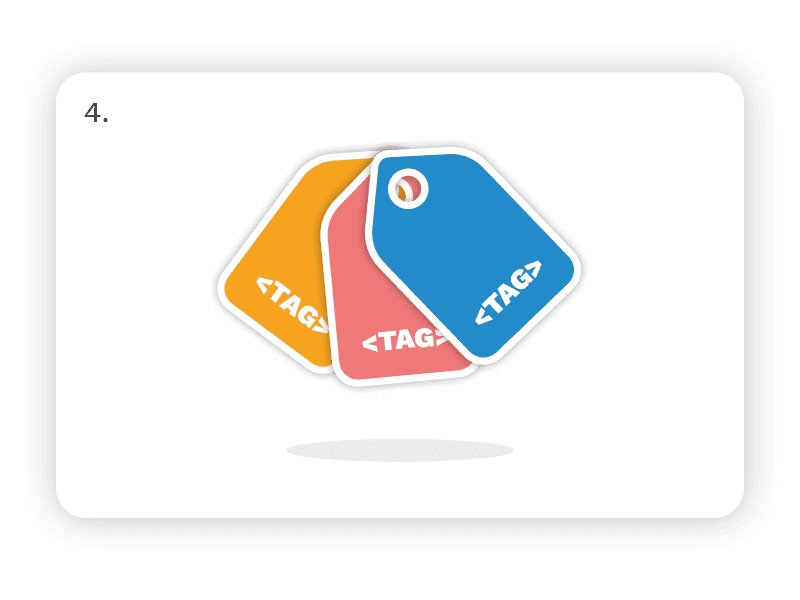Launch
Summer 2020
Connecting CRM System and Marketing Automation Tool
A path to new possibilities for Caritas Switzerland.
Success
Transactions from email campaigns increased by 110% (+60% more revenue) and open rates were 15% higher since the implementation of the gu Marketing Suite incl. CRM interface.
CRM – the portal to your donors
Relationship management and communication go hand in hand. This also applies to donor engagement. The systematic integration of a customer relationship management tool (CRM) and an email marketing solution saves resources and enables donor-focused, multi-channel communication. Donors get the information they need, when they need it, through the channel that’s right for them. The result? Stronger donor relationships thanks to a more efficient exchange of information. Caritas Switzerland was already aware of the benefits. But they were also aware that a CRM project is not entirely without its challenges. A strategic approach with a focus on the essentials, namely on the donors, and a partnership approach together with ANT Informatik AG and Caritas Switzerland were crucial for the success of this interface project.
Challenge –Seeing the forest for the trees
Both the CRM system and the marketing automation tool offer a wide range of features and ways to communicate with donors. The integration of both systems expands this spectrum and makes fundraising hearts beat faster. Finally Caritas Switzerland has the chance…
- to plan campaigns across all channels
- to address donors even more personally in email marketing using CRM data
- to pick up supporters on exactly the channel they prefer and
- send selections from the CRM to the email marketing program at the click of a mouse
This opportunity also presents a challenge. It is necessary to define exactly: What data is important? Which functions are needed? How does the data exchange affect the two systems?
Solution – data concept, data concept, data concept!
A data concept is the foundation. It is probably the most important milestone during such a project, because it is this very concept that lays the groundwork for the future and answers – among others – the following questions:
- Data: What data flows back and forth between the CRM tool and the email marketing software? The rule here is: less is more! Because this is the only way to keep an overall perspective.
- Functions: What are the functional requirements for the interface?
- Interaction: How do the two systems affect each other? What happens in the CRM if I unsubscribe from all e-mails as a donor? Which criteria does a person have to fulfill in order to be transferred by the CRM system in the first place? And so on and so forth.
In order to be able to provide answers to these core questions and thereby ensure the achievement of the goals, a strategic approach, the involvement of the teams and, above all, a donor-centered approach are the be-all and end-all. We accompanied Caritas Switzerland on this path and subsequently created the data concept.
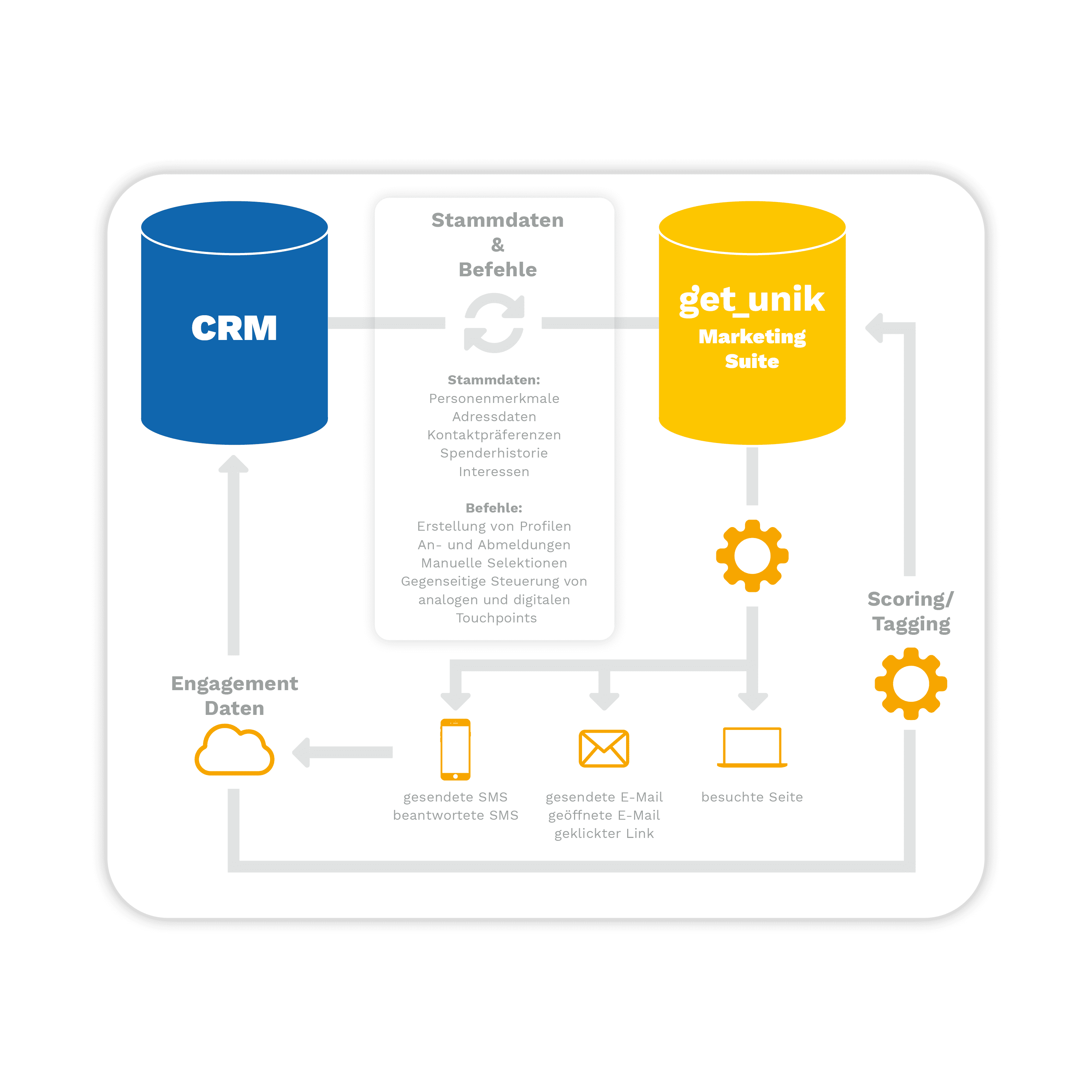
Through the interface between the CRM and the gu Marketing Suite, the broad spectrum of available CRM data can be used for an automated and donor-centric control of communication. Simultaneously, the data can be enriched by the activities and tracking within the gu Marketing Suite and played back into the CRM. By connecting both systems, the advantages of both worlds can be ideally exploited and the donors can be put in the center.
«Caritas Switzerland’s strategic and collaborative approach to the project has been very impressive. It’s a pleasure to see the commitment and structure with which they are now taking advantage of the donor engagement interface.»
Christoph Keiser, Online-Fundraising Officer, Caritas Schweiz
Implementation – when the abstract becomes concrete
Die Basis des Datenkonzepts bilden Use Cases und Maßnahmen, welche durch die Schnittstelle umgesetzt werden sollen. Aber wie lassen sich diese definieren? Folgende Phasen sind für eine spender*innenzentrierte und zielgerichtete Umsetzung ausschlaggebend:
- Where do we want to go? With the help of the lifecycle approach, clear goals were defined for the various phases.
- Who do we want to reach? Personas were developed for the goals and the various lifecycle phases of Caritas.
- How do we get there? Based on the personas and goals, the most important use cases and measures for Caritas were defined and prioritized.
- What do we actually need? Based on the measures and use cases, the data, functions and requirements relevant for the interface were derived for the interaction between the CRM tool and the marketing automation solution and documented with our partner ANT Informatik AG.
Caritas Switzerland has done groundbreaking work with this project and now has the opportunity to work across multiple channels and, above all, in a donor-centric way. The effort has paid off: Since the introduction of the gu Marketing Suite including the CRM interface, transactions via email campaigns have increased by 110% (+60% more revenue). And the emails open rates have increased by around 15%.
Highlights of the project:
- The CRM data relevant for e-mail communication is now also available in the marketing automation tool. This saves time and resources. Manual .csv imports and exports are a matter of the past.
- New fields can be calculated in the CRM and transferred to the marketing automation tool, e.g. which lifecycle phase a user currently is in. In doing so, one-time donors (so-called development-ready users) can be directly encouraged to donate regularly and can be retained in the long term. The CRM data enables increased donor centricity.
- Offline donations are synchronized immediately and are therefore also available for online communication, e.g. when saying “thank you”. This ensures an excellent first impression.
- It is now possible to combine print mail and digital communication and integrate them in an automation workflow. For example, a new contact can be encouraged to make a donation by mail following a successful email welcome series. This increases the relevance and hence the conversion rate of offline measures.
«Caritas Switzerland’s strategic and collaborative approach to the project has been very impressive. It’s a pleasure to see the commitment and structure with which they are now taking advantage of the donor engagement interface.»
Stefan Neunhäuserer, Customer Success Manager, getunik
getunik-services
getunik took these steps to support Caritas Switzerland:
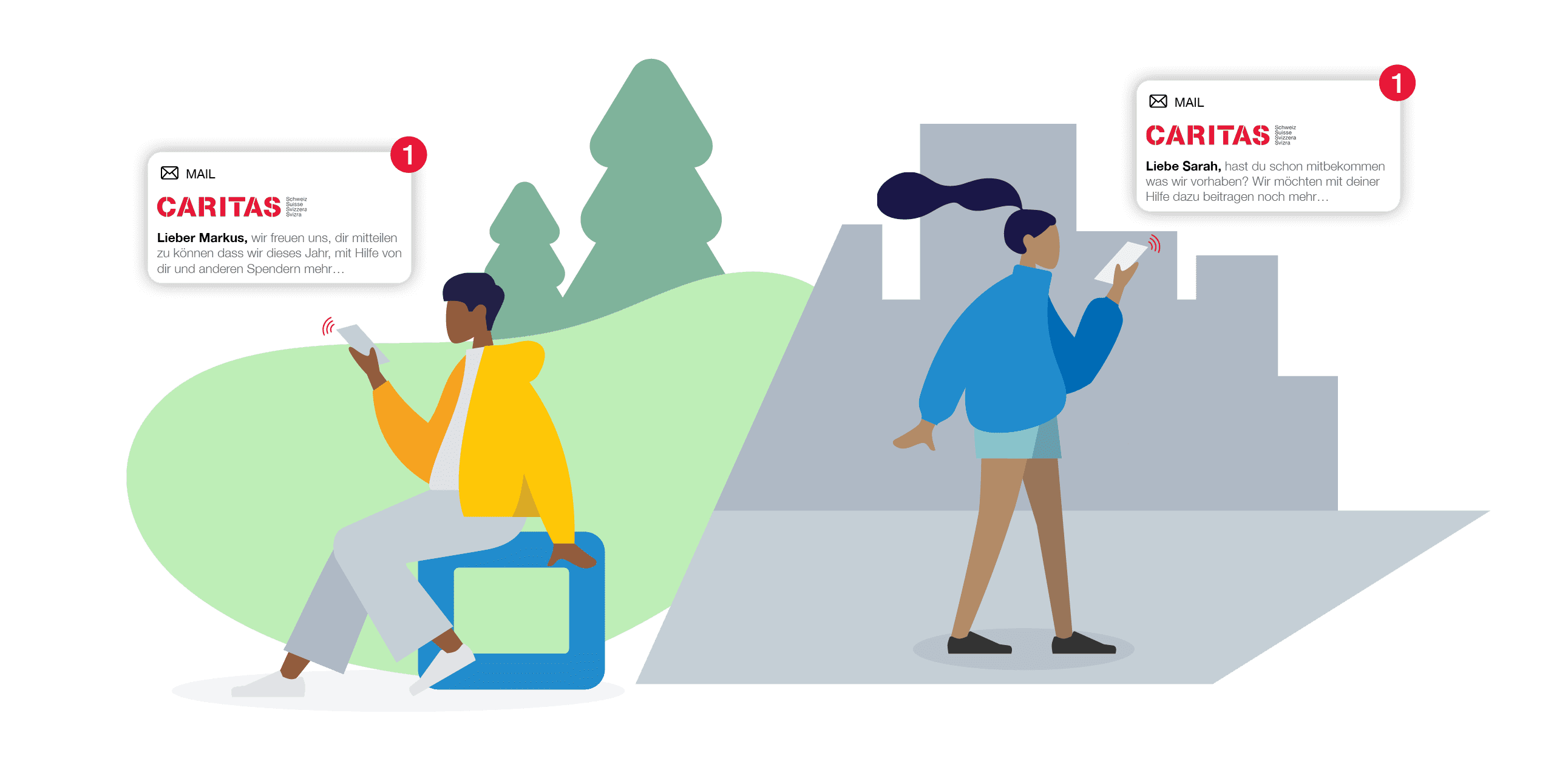
The interface between the CRM and the gu Marketing Suite allows the wide range of CRM data to be used for automated and donor-centric control of communications. As a result, donors receive personalized content tailored to their interests.
Caritas Switzerland – Doing the right thing
Together with its network of regional Caritas organizations, Caritas Switzerland advocates for people affected by poverty in Switzerland. It also cares for asylum seekers as well as refugees and provides legal counsel. Around the world, Caritas provides emergency disaster relief and helps with reconstruction. With its cooperative development approach Caritas tackles issues around food security, water, climate protection and disaster prevention, migration, education and income generation for children and adults.

